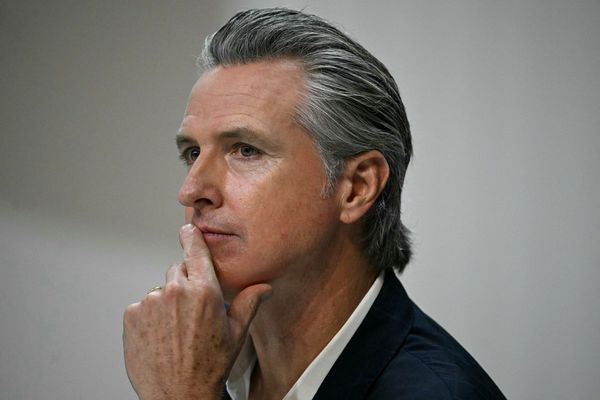Rival Naga extremist groups have refreshed a 13-year-old reconciliation treaty to “move forward” together for an honourable solution to the ‘Naga political issue’.
The issue pertains to the peace deal signed between the Centre and the National Socialist Council of Nagalim or the NSCN (Isak-Muivah) and the Naga National Political Groups (NNPGs) comprising seven other organisations, including the factions of the Myanmar-based Khaplang group.
On September 14, the NSCN (I-M) represented by retired “General” V.S. Atem and the NNPGs represented by its coordinator Alezo Venuh signed a document reaffirming the Covenant of Reconciliation of June 13, 2009, in the first meeting facilitated by the Forum for Naga Reconciliation after eight years.
The meeting was held at Chümoukedima near Dimapur, Nagaland’s commercial hub.
The signatories of the 2009 covenant included Isak Chishi Swu, the late chairman of NSCN (I-M) and S.S. Khaplang, the late chief of NSCN (K). The NSCN, formed in 1980, had violently split into the I-M and K factions in 1988.
“We renew to work together in the spirit of love and desist from all forms of armed violence and refrain from indulging in violence of words through print and social media among Naga political groups and the general public. From this time forth, in order to chart a path forward, we remain committed to peace and respect and to resolve outstanding issues among us,” the September 14 declaration read.
The signatories said they were aware of the differences among the groups and the Naga society and vowed to “guard ourselves against rifts that further divide us” and “find ways to transcend our differences through cooperation”.
The reaffirmation of the “peace pact” is seen as a significant development in view of a fresh push by the Centre for a final settlement of the Naga peace process hanging fire since a “near-breakthrough” in 2019.
The final settlement has been stuck allegedly because of the insistence of the NSCN (I-M) to have a separate Naga flag and a Naga Constitution. The outfit claimed the Framework Agreement signed in August 2015 had incorporated these two demands.
The Centre has denied acceding to the flag and constitution specifically after the scrapping of Article 370 that made Jammu and Kashmir lose its special status and its separate Constitution and flag.
Apart from the Framework Agreement, the Centre had signed the Agreed Position with the NNPGs in November 2017. The NNPGs were not insistent on a separate Constitution and flag for the Naga homeland.
The ceasefire between the armed forces and the NSCN (I-M) came into effect in August 1997, ending decades of violence primarily in Nagaland and the Naga-inhabited areas of Manipur. More people were killed in fratricidal battles among the factions than in encounters with the armed forces – before and after the ceasefire.







